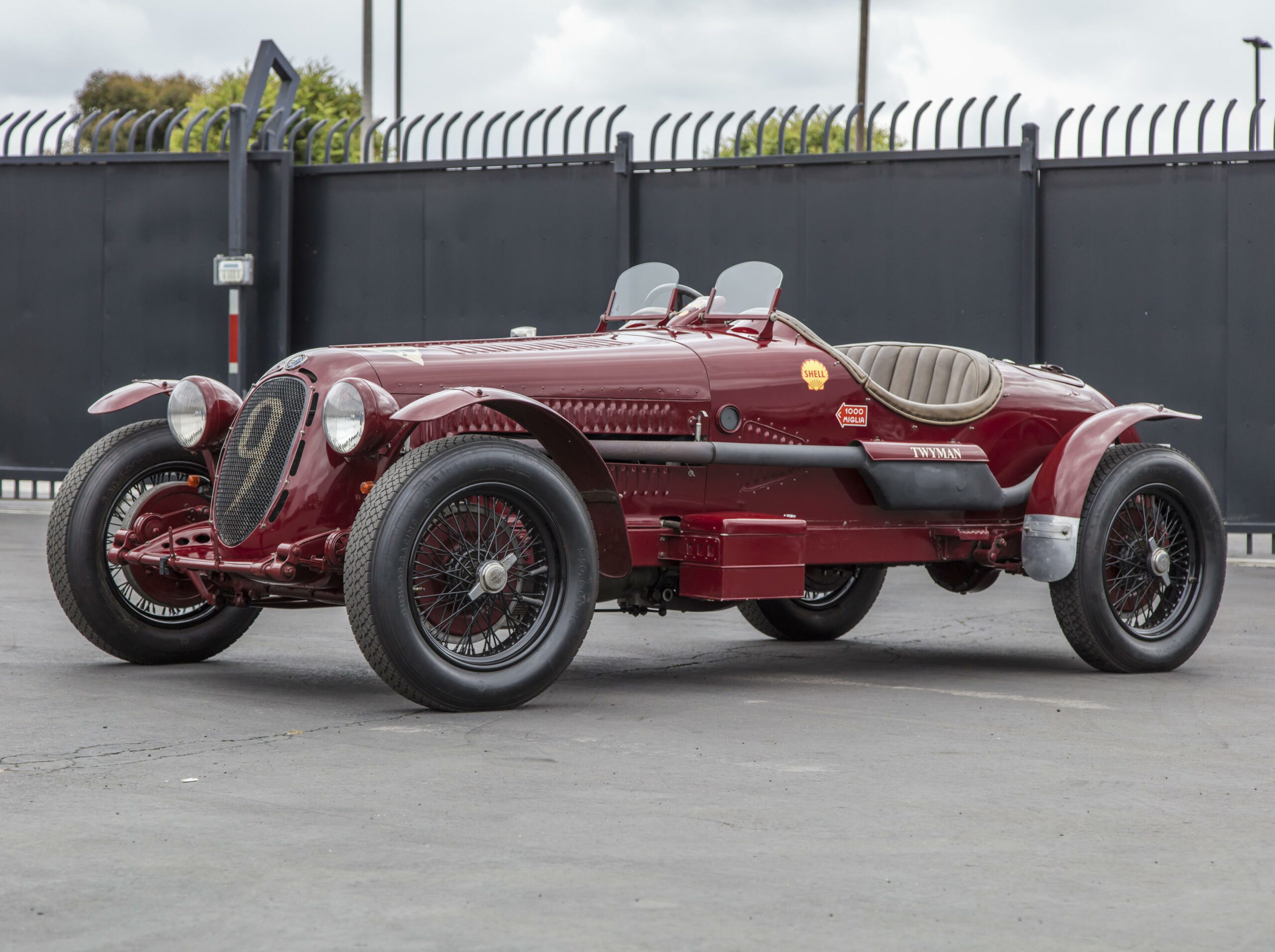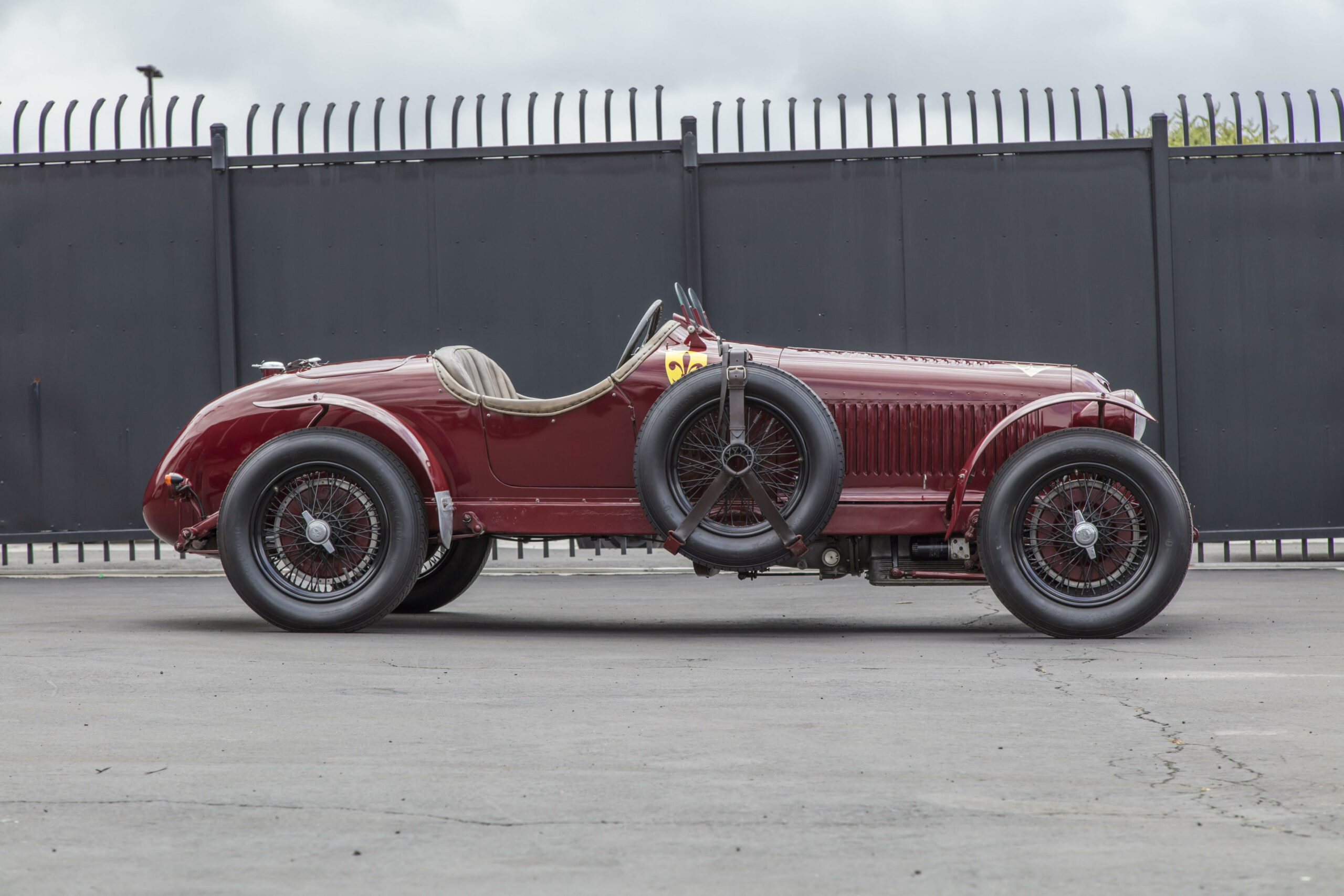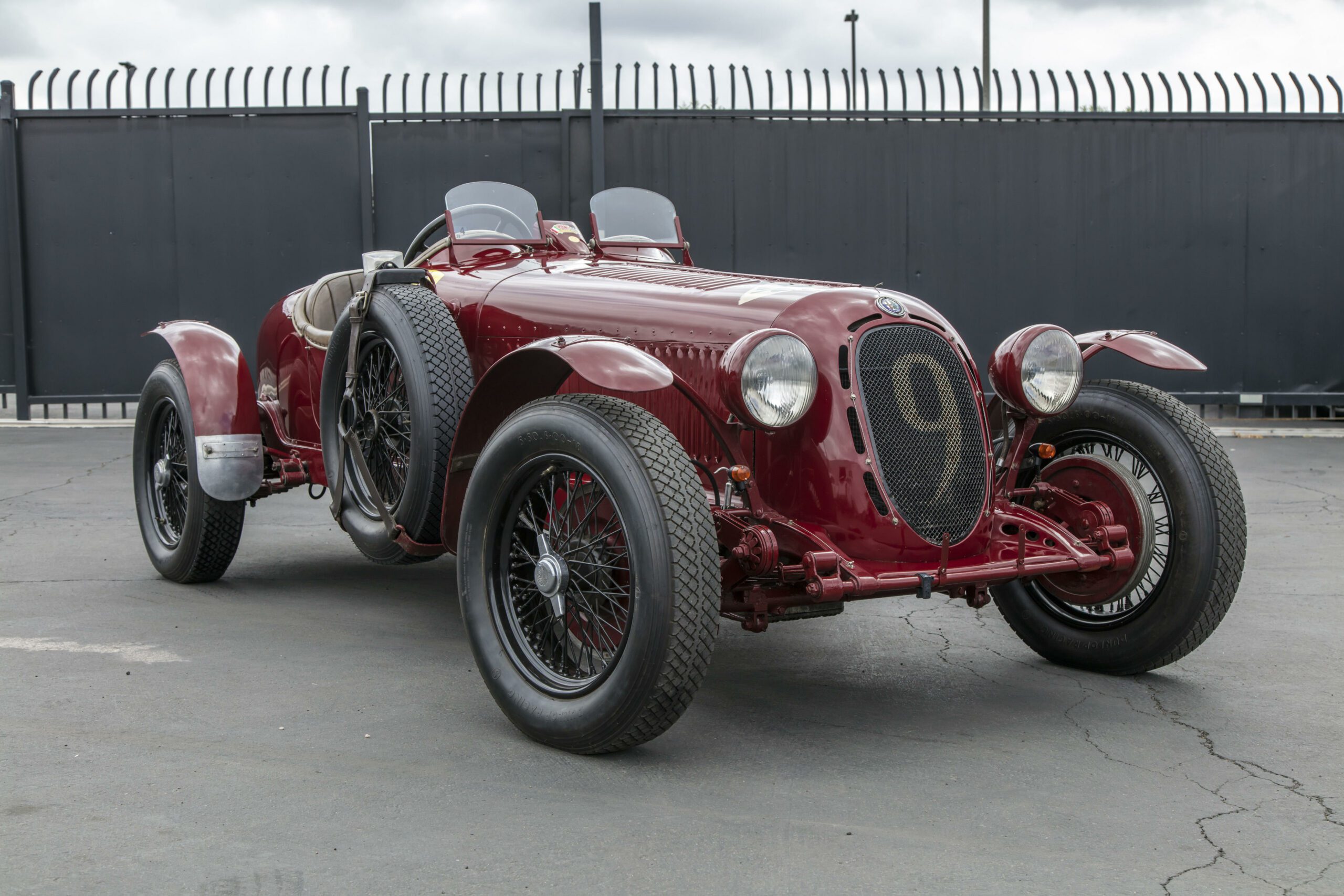The Alfa Romeo 6C 2300, introduced at the 1934 Milan Show, represented the culmination of a celebrated lineage of sporty models that began with the 6C 1500 in 1925. This lineage was a testament to Vittorio Jano’s design prowess, which had propelled Alfa Romeo to international prominence during the 1920s. Jano’s racing creations like the P2 and Tipo B Monoposto were dominant in Grand Prix racing, while the six-cylinder sports-racing cars became iconic in motoring history.
The 6C 2300 featured a newly developed 2,309cc six-cylinder engine with an integrated crankcase and aluminum-alloy cylinder head. It came in two versions: the Turismo with a long-wheelbase chassis and the Gran Turismo with a shorter wheelbase. In its competitive debut at the 1934 ‘Giro d’Italia – Coppa d’Oro del Littorio,’ the 6C 2300 impressed, covering 5,687 kilometers in three stages.
Following this, Alfa Romeo celebrated a significant victory at the Targa Abruzzo in 1934, with three Touring-bodied coupés taking the top three positions. This triumph led to the production of 60 Gran Turismo cars known as ‘Pescara,’ named in honor of their racing successes. These ‘Pescara’ models were forerunners to the Touring-bodied 6C 2300B Mille Miglia, which made its debut at the 1937 Mille Miglia.
Source: Bonhams Cars











